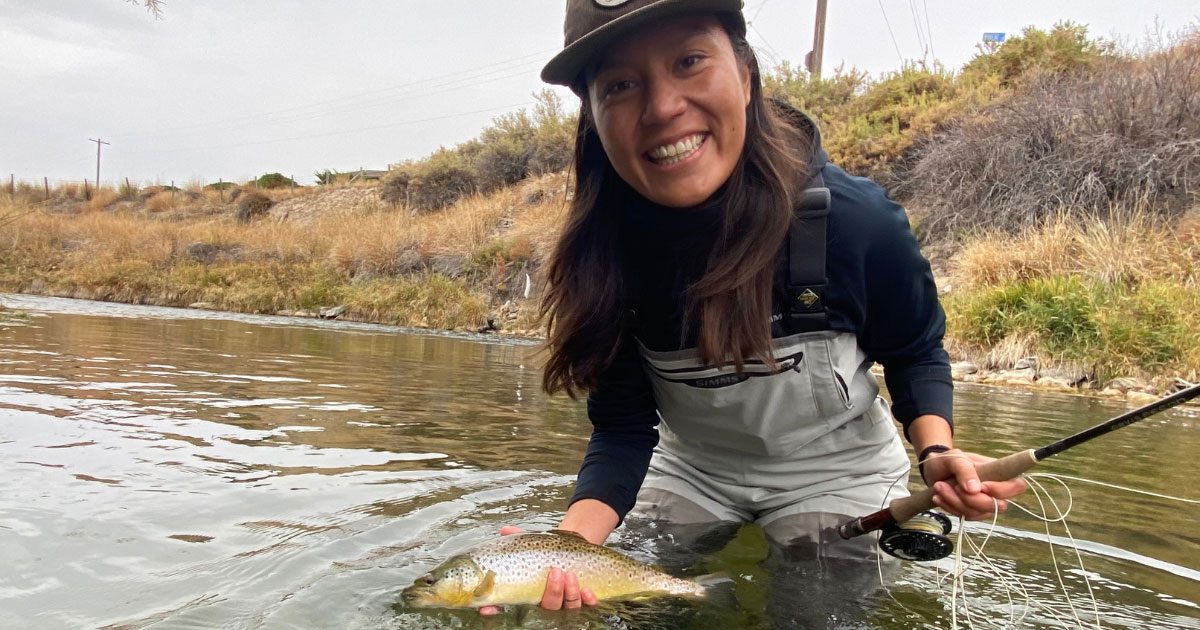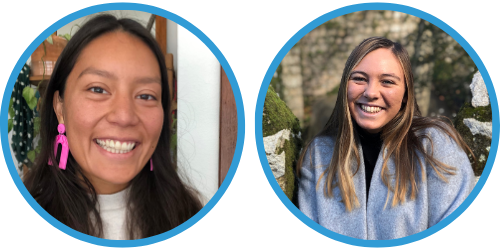The Women of CalTrout
March is Women's History Month, and all month long we are celebrating the historical and contemporary accomplishments of women around the world. Within our own organization, we are continually encouraged by the women of CalTrout who are creating real, lasting change. They are leading, discovering, exploring, lobbying, advocating, healing, nurturing, building relationships, and making their own mark on history each day they step into the office or the field. Follow our Women of CalTrout profile series as these women share their own stories and experiences as women in conservation, science, and intertwined fields at CalTrout.
Lazara Ramos, Grants Manager, and Kara Glenwright, Communications Manager
KG: What inspired you to pursue a career in conservation and a career at CalTrout?
LR: For some reason, I’ve always wanted to work in the conservation space. Both of my parents and their parents had such strong ties to land, to places where their families grew and expanded. Places that were rich with community, abundance in food and plants, and strong cultural ties. I think I work in this space to do my part in ensuring that all people can find their own solace in nature, whether that nature be their local pond, the beach, or a favorite river.
KG: What is your favorite part of your job? Could you share with me some of the most rewarding moments of your work?
LR: My favorite part of the job is seeing how everything is connected — how work in one river influences many other rivers, how access to the outdoors radically changes a person’s connection to their community, how art is a crucial medium for people to process their surroundings. Being able to make those connections and discuss them with team members, and eventually turn them into projects on-the-ground, has almost felt like magic! I’m so grateful to work with team members in all the CalTrout offices. I’m often inspired by my colleagues and their deep devotion to trying their best in protecting our environment. We all have different reasons for doing this work, but I believe it all comes from a love for the communities we live in.
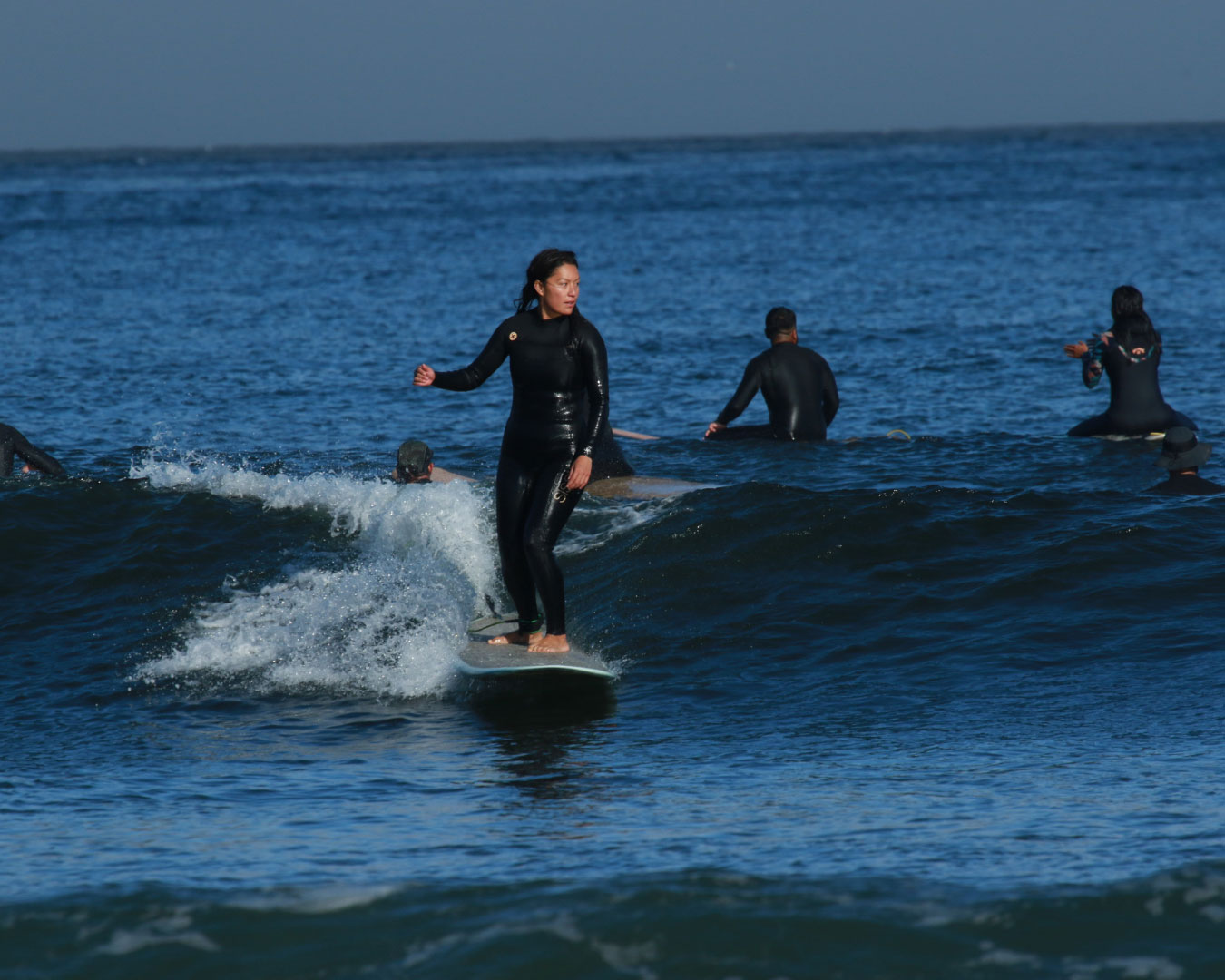
KG: What does it mean to you to be a woman in this field?
LR: Traditionally, in Navajo culture, it is a matriarchal society, where women are revered, looked to for guidance, and care for family resources. In my family, women have been the ones responsible for keeping the family unit together, ensuring everyone’s health and safety. When times feel challenging and I’m unsure of my next steps, I’m grateful for the ability to remember the line of powerful ancestors that I come from and who fought so hard for me to get to where I am today.
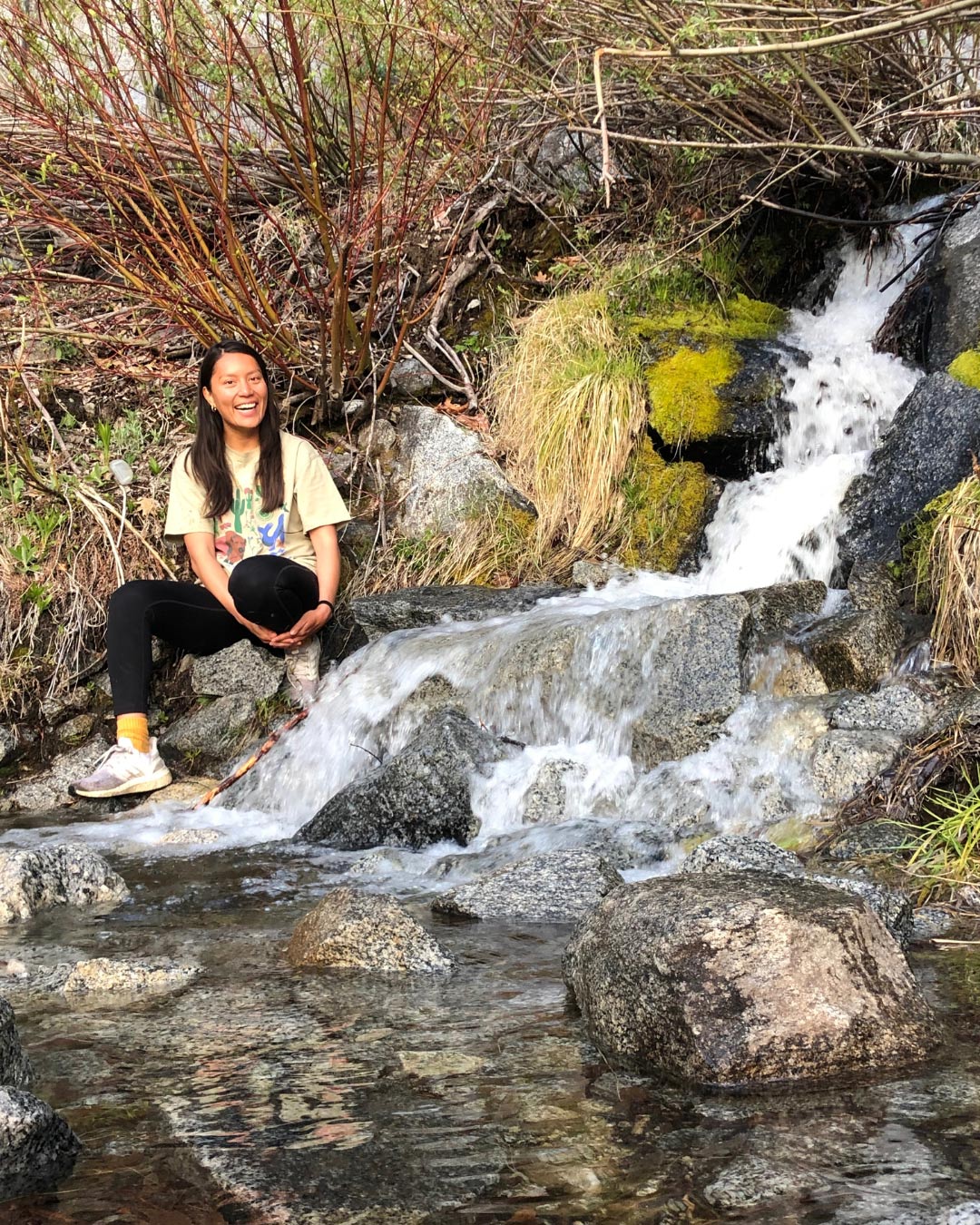
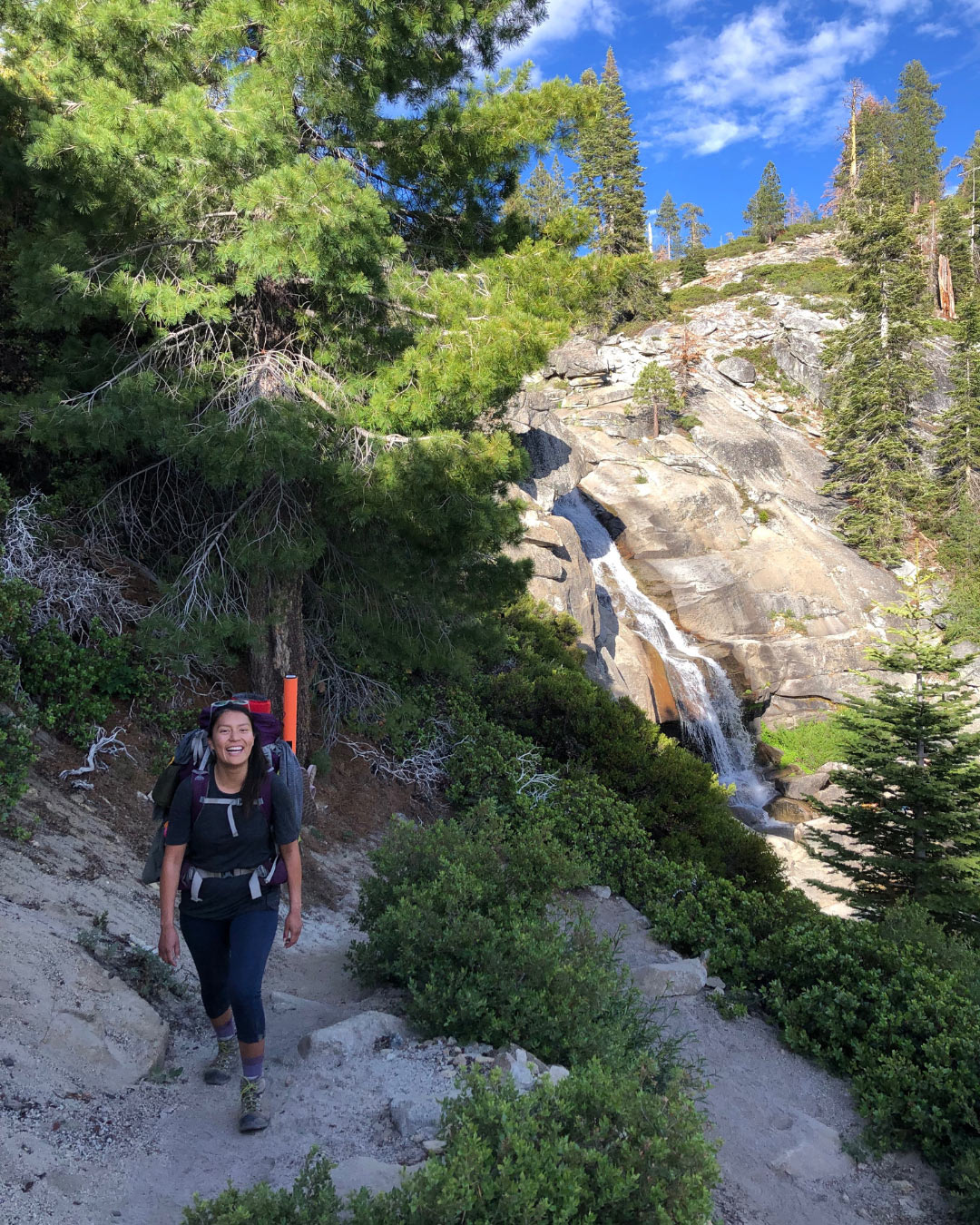
KG: To celebrate the "history" part of Women's History Month—is there a woman from history that you find especially inspiring? Or perhaps someone from your own life?
LR: In history, I’m inspired by Zitkala-Sa, who was a Yankton Dakota woman, writer, opera writer, musician, and social activist. She was born in 1938 on the Yankton Dakota reservation in South Dakota. She managed to straddle two vastly different worlds: her family and upbringing on the reservation and American academic institutions that changed her name, cut her hair, and forced her to study their religions. Through all of these changes in her life, she used her creativity as an outlet to express herself and stand up for the rights and safety of her community and other Native communities in the US.
KG: Looking to future generations of women — what message would you share with younger women who hope to pursue a career in conservation someday?
LR: Our shared desire and need to conserve the environment is going to last our entire lives. This issue is so complex and multi-faceted, that we must find ways to maintain a healthy amount of urgency, rest, and creativity in order to develop solutions that will last. For me, channeling my creativity in connection to the environment has been my solution to staying motivated in this battle against climate change. I’ve channeled my energy into my grant work, film photography, painting, surfing, and learning new activities (I went on my first backpacking trip at age 28!). I encourage all young women and people to stay committed to this noble endeavor of preserving our environment and learn about the ways in which our conservation work is tied to all other parts of our lives and our communities.
KG: Last question! Do you have a favorite river or body of water in California?
LR: Honestly, San Pedro Creek in Pacifica has a special place in my heart! It feeds right into my favorite surf spot, so I’m always in-tune with what’s happening in that creek. I’ve had some of my best memories with friends right where that creek and the Pacific Ocean meet.
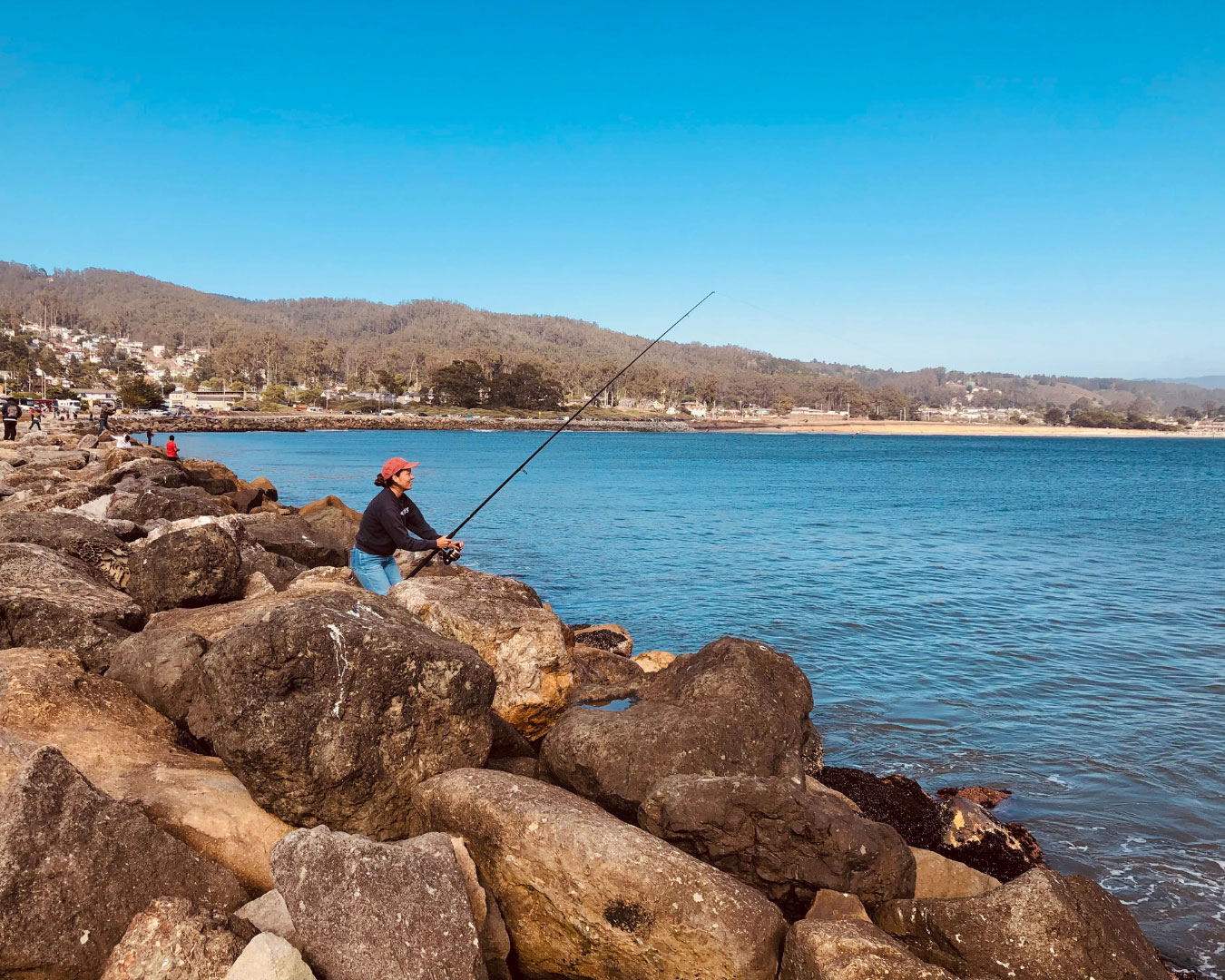
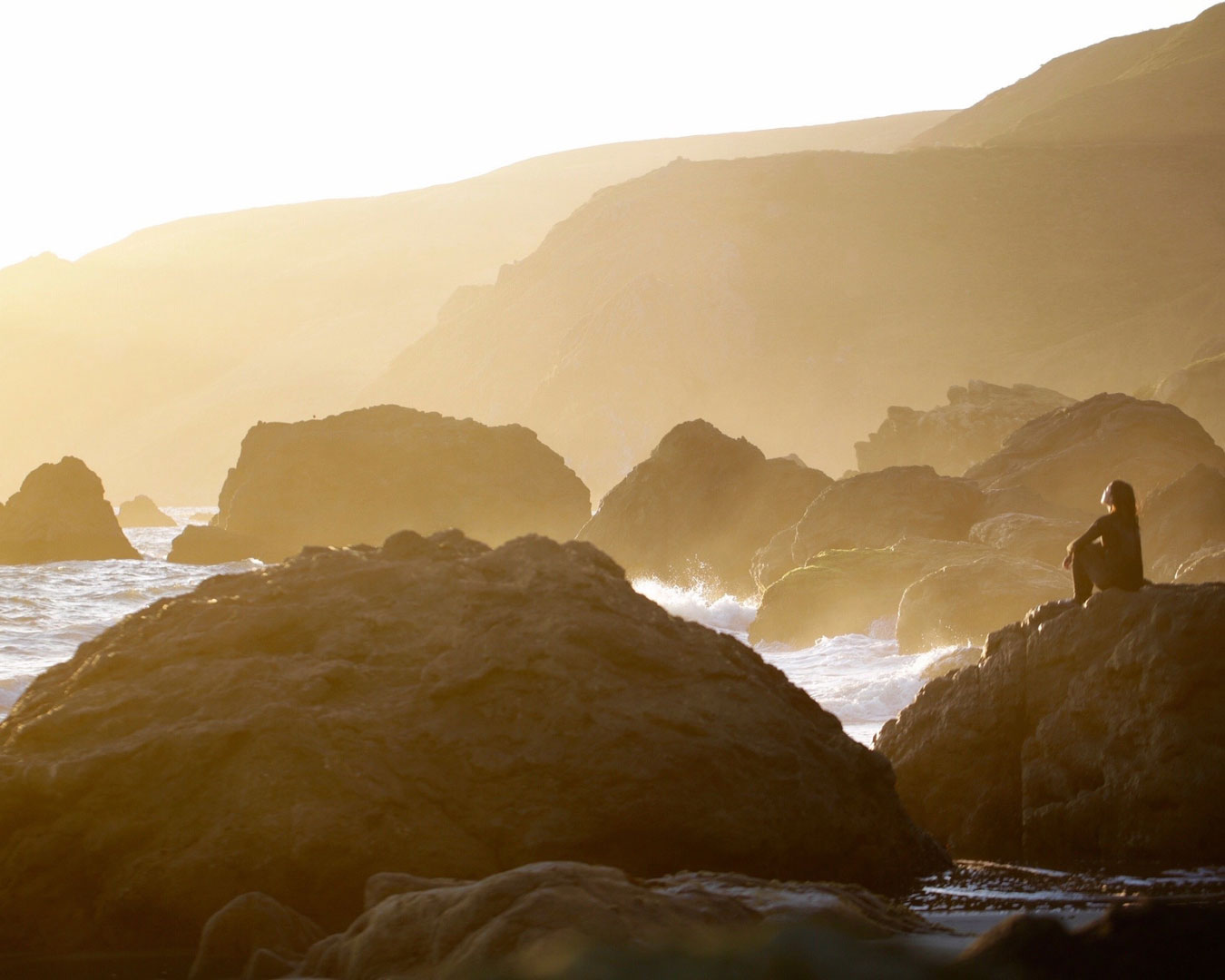
Meet the Women of CalTrout
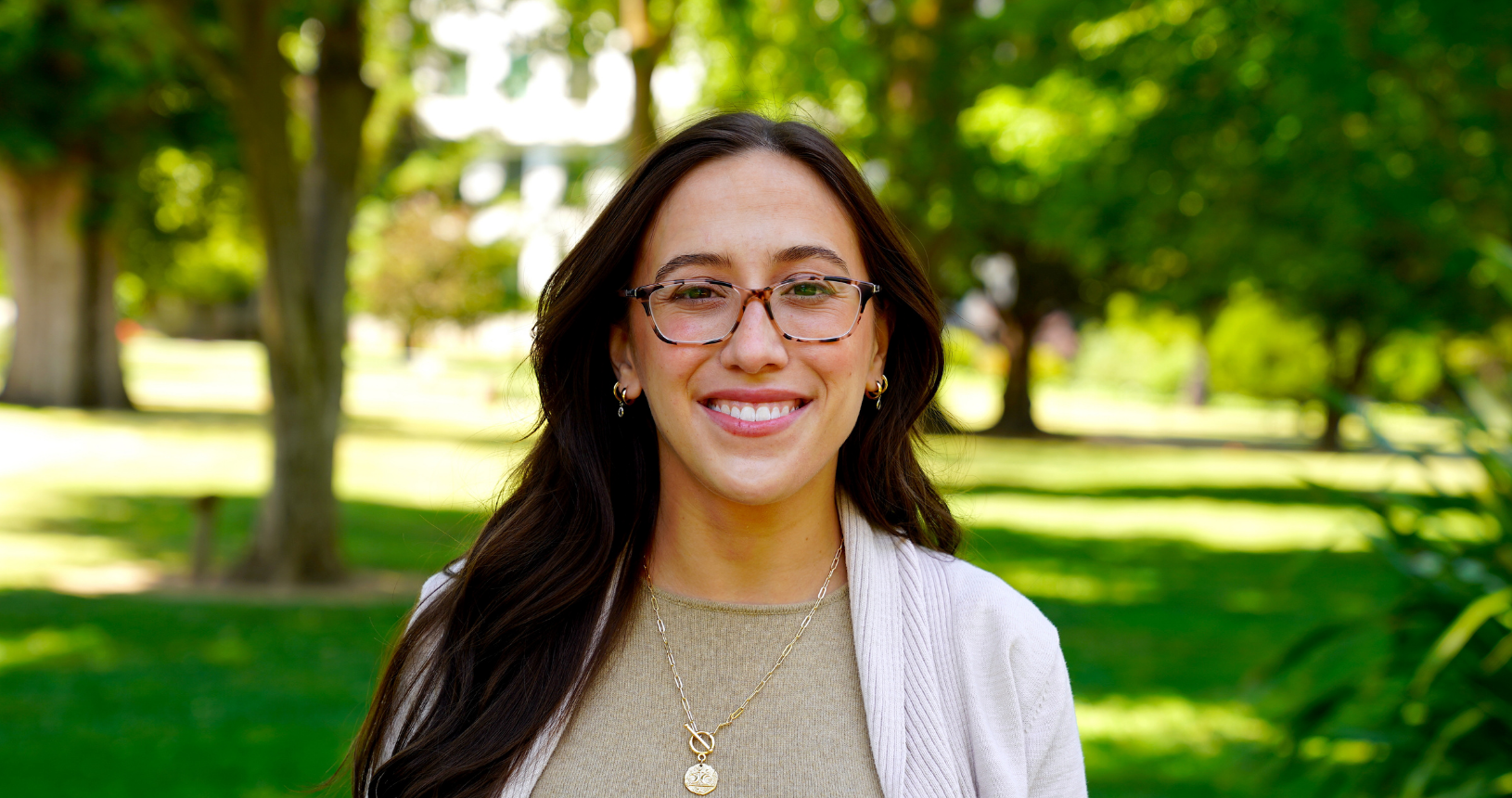
Analise Rivero
CalTrout Associate Director of Policy
Amanda Cooper
CalTrout Staff Attorney
Katy Gurin
CalTrout North Coast Project Manager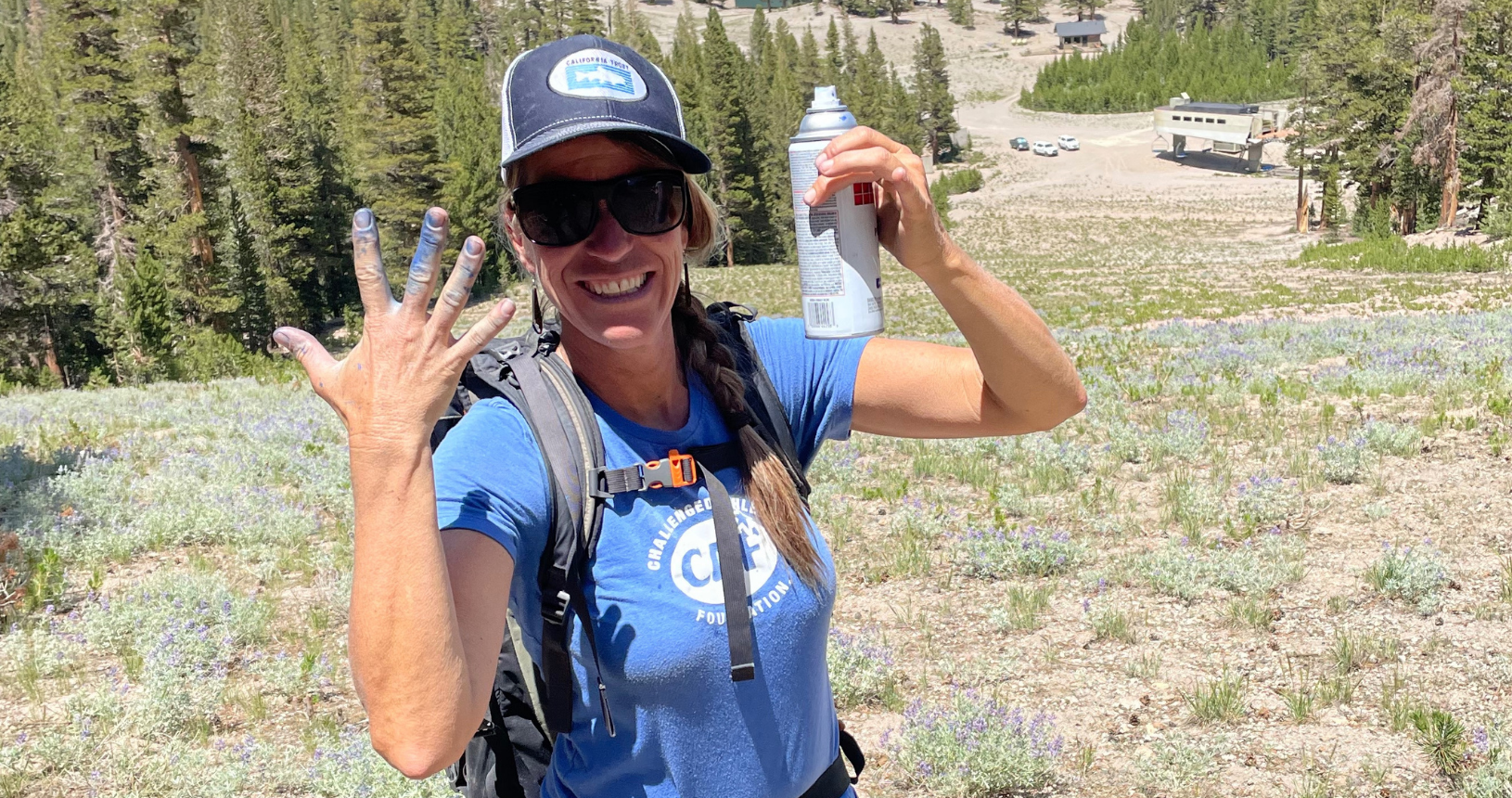
Allison Dodds
CalTrout Sierra Headwaters Project Manager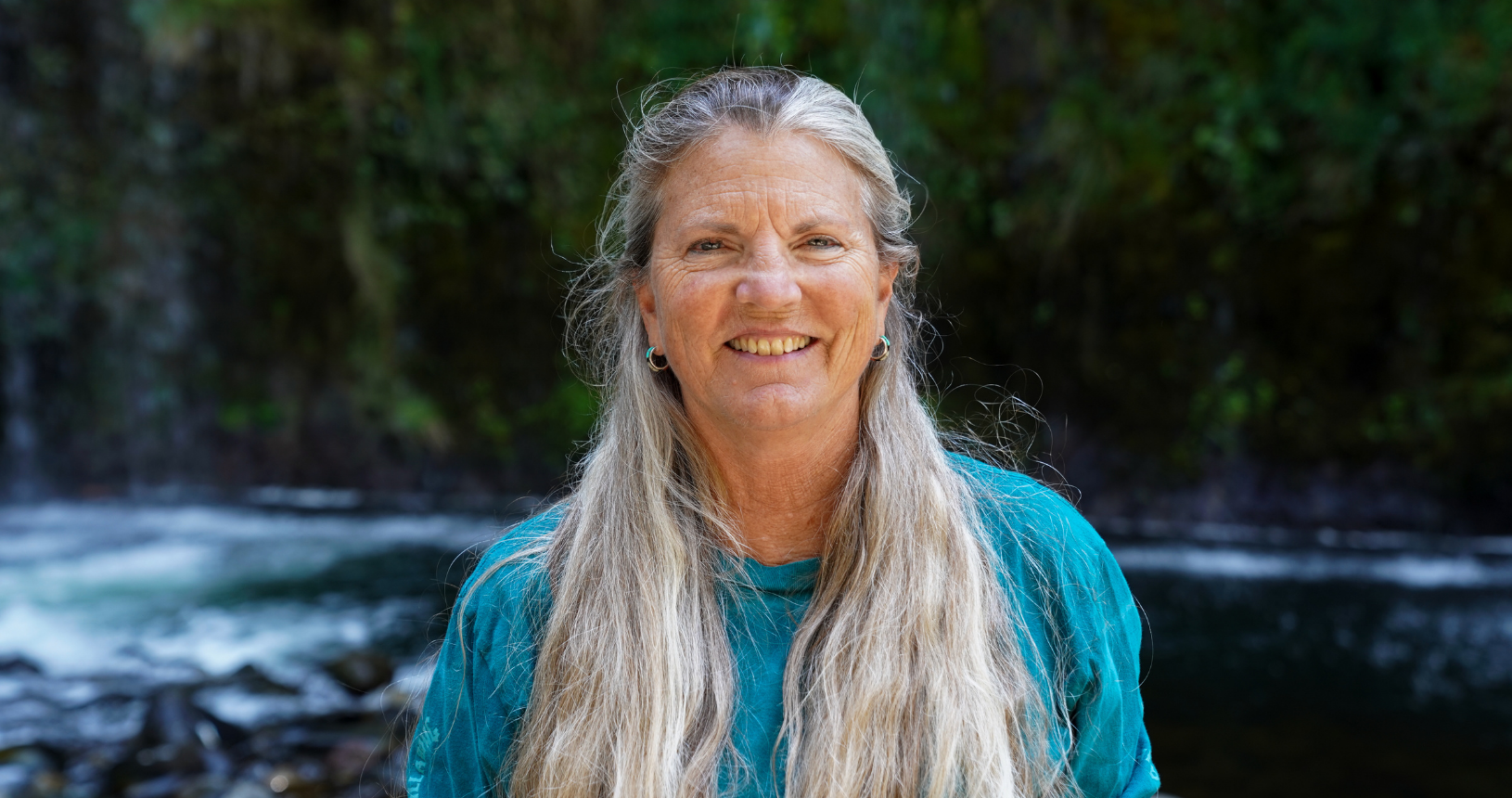
Sandra Jacobson
CalTrout Sierra Headwaters & South Coast Regional Director
Ada Fowler
CalTrout Mount Shasta-Klamath Senior Project Manager
Kam Bezdek
CalTrout Policy Associate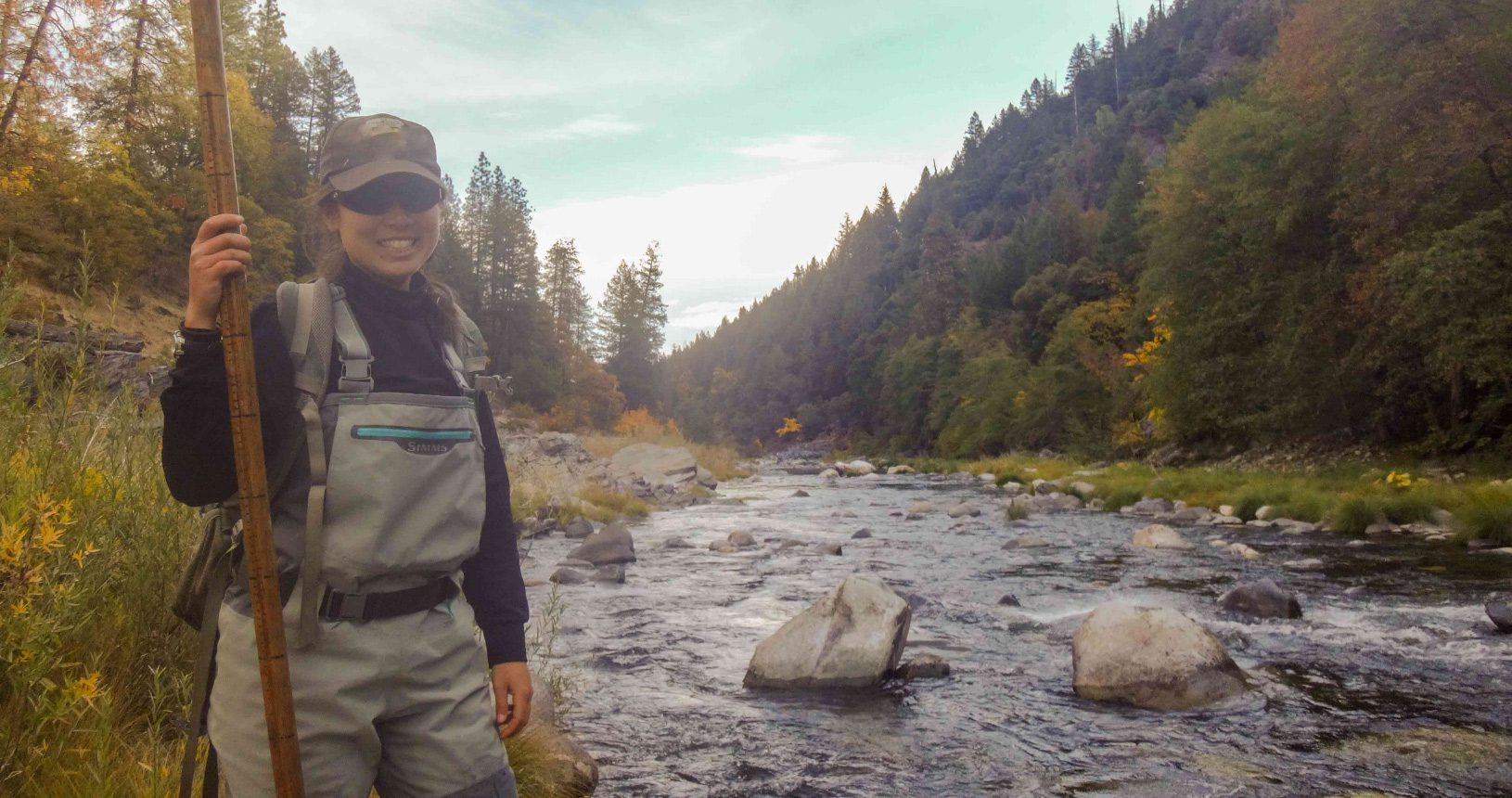
Serena Doose
CalTrout Mt. Shasta-Klamath Project Manager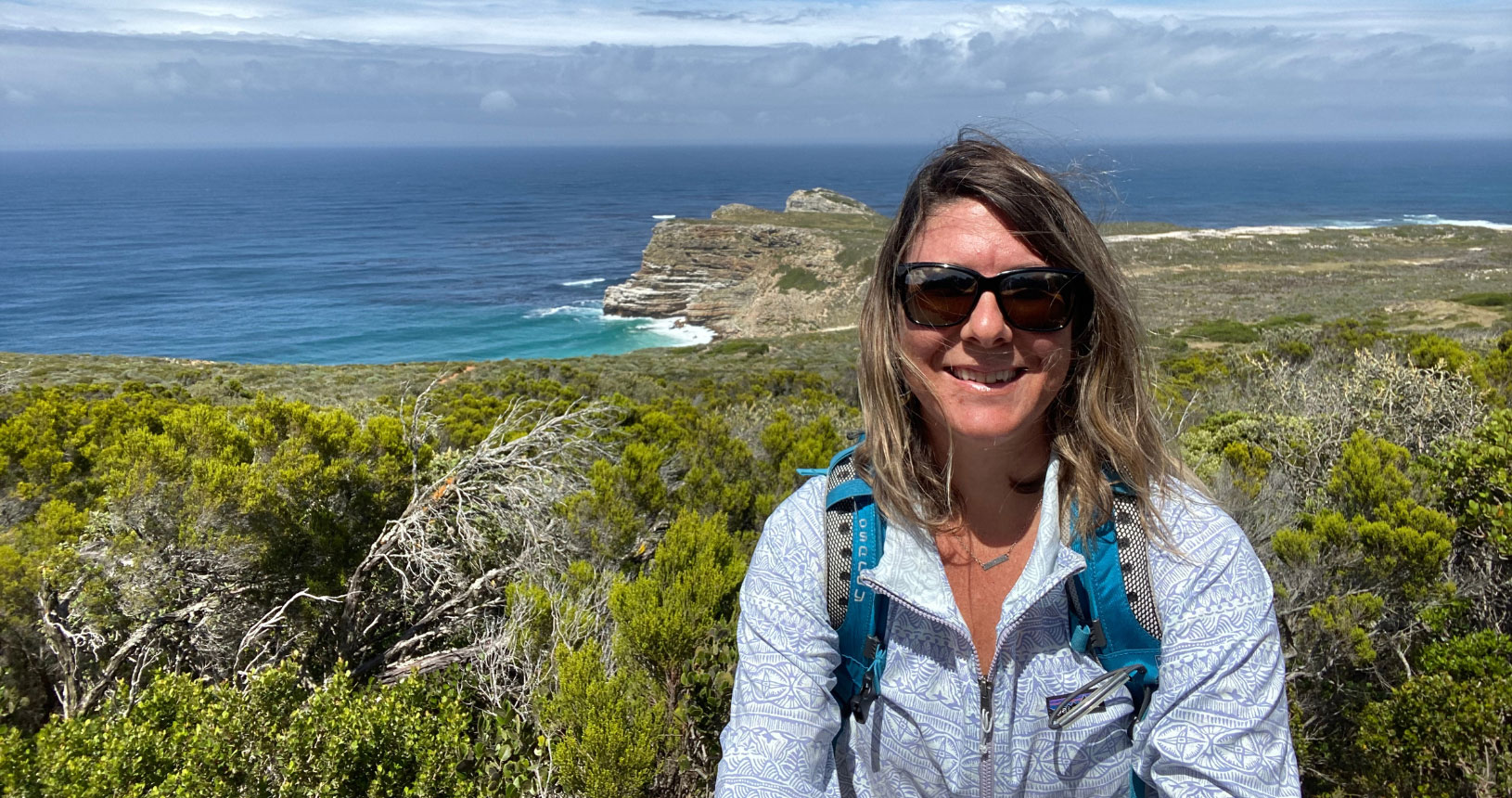
Holly Swan
CalTrout Mt. Lassen Project Manager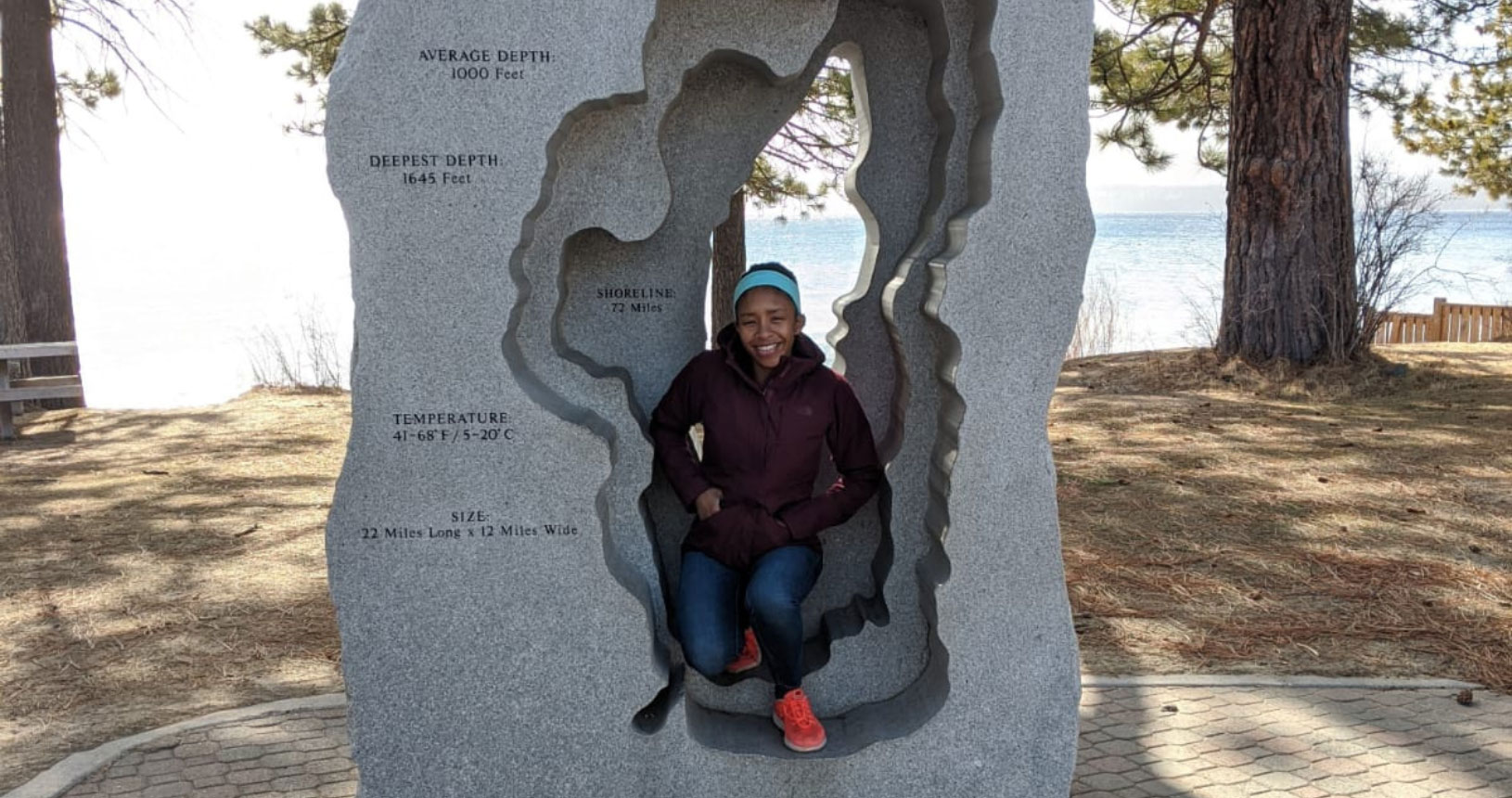
Camyle Allen
CalTrout Conservation Contracts Manager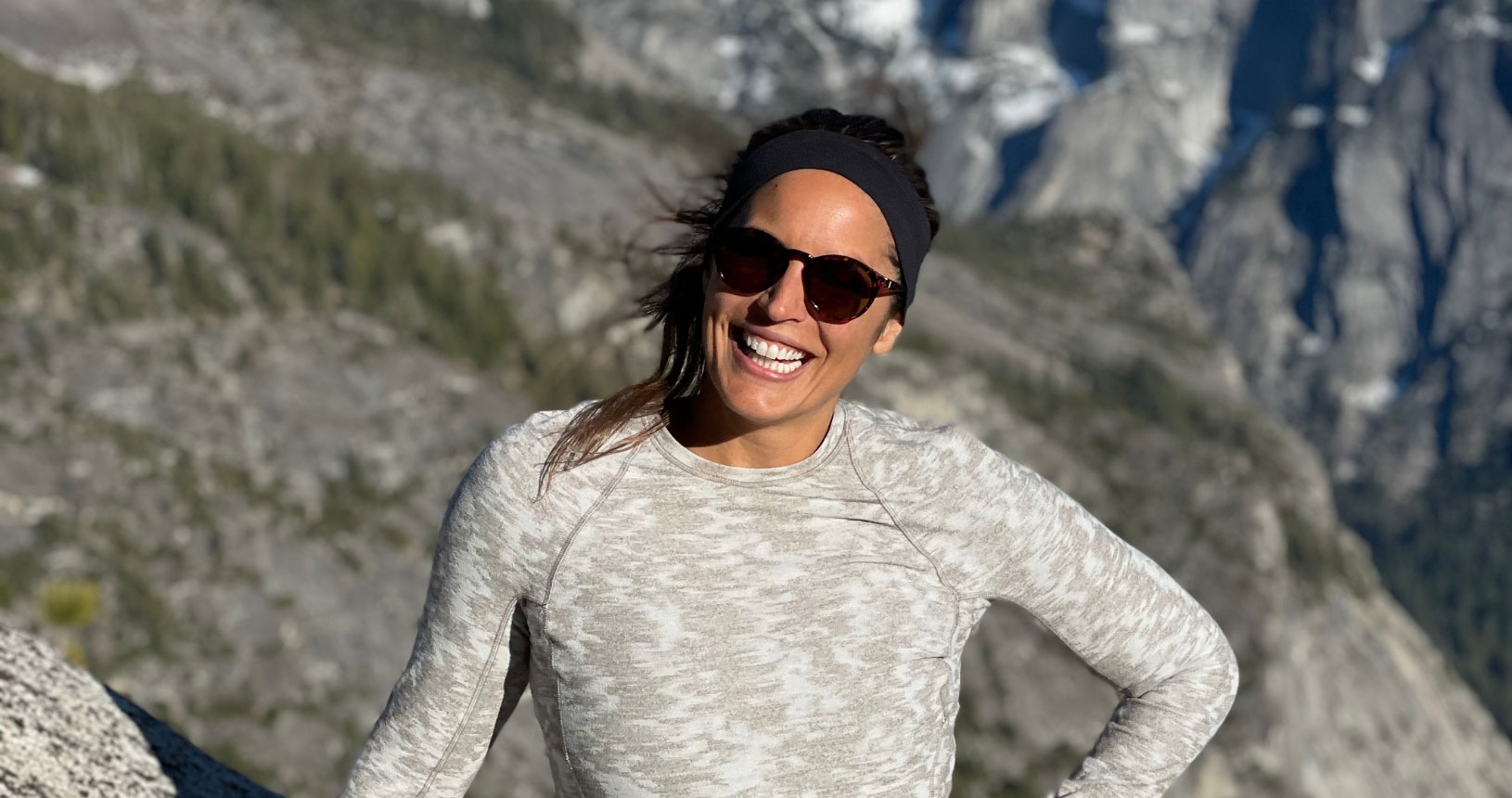
Claire Buchanan
CalTrout Bay Area Senior Project Manager
Marrina Nation
CalTrout Sierra Headwaters Project Manager
Gaby Roff
CalTrout Director of Institutional Giving
Malinda Baker
CalTrout Grants Associate
Lazara Ramos
CalTrout Grants Manager
Melissa Racklyeft
CalTrout Senior Grants Manager
Sarah Trenschel
CalTrout Member


